How to create a culture of belonging at work
Sep 06, 2022
8 mins
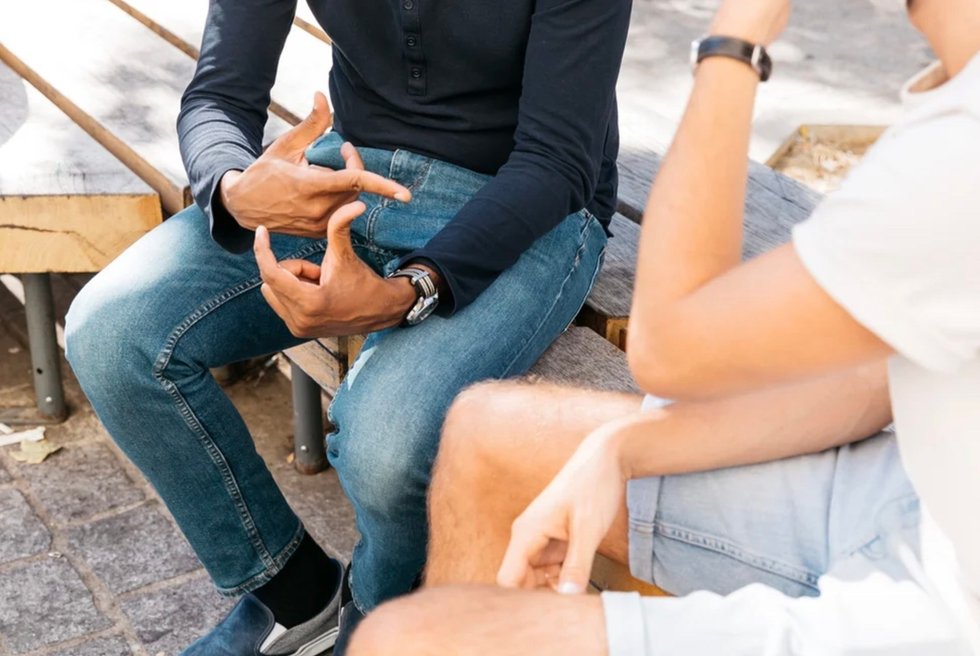
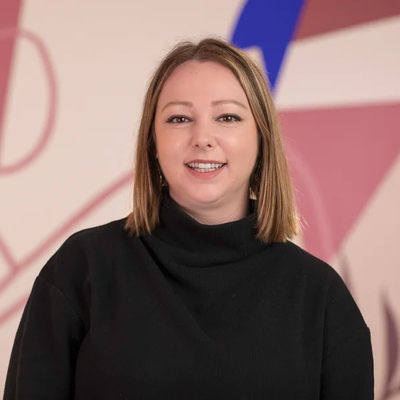
US Editor at Welcome to the Jungle
In the last few years, diversifying the workforce has made its way to the top of corporate agendas. While the Black Lives Matter movement put a spotlight on the need for more diversity efforts in the workplace, the ensuing Covid crisis and its disproportionate effect on minority groups brought the issue to the forefront of public debate.
But while many companies across the country have made sincere efforts to recruit workers of different ethnicity, religion, sexual orientation and gender, diversity is not a guarantor of inclusion.
Ruchika Tulshyan made that observation at an early stage of her life. As a child of immigrant parents in Singapore, she saw lots of diversity but never inclusion. After arriving in the US and starting her career as a tech journalist, she was marginalized and constantly felt like ‘the other’ in the room.
Those experiences spurred Tulshyan to quit her job and focus her energies on improving the worklife of the marginalized. Her book, Inclusion on Purpose: An Intersectional Approach to Creating a Culture of Belonging at Work, and her consulting firm Candour, have earned her a reputation as one of the frontline advocates for DEI in the workplace.
You advocate for an intersectional approach to creating diversity and inclusion in the workplace. Can you explain the concept?
Intersectionality is a definition coined by Kimberlé Crenshaw in 1989 to describe the challenges of black women in the workplace due to their gender and race. Essentially, what Professor Crenshaw saw in society and from a legal perspective is that the workplace experiences of black women weren’t only harmful because of their gender but it was exacerbated by the fact that they were also a racial minority and faced bias. White women didn’t face the same challenges as they had one dominant group identity — being white. Similarly, Black men didn’t face the same challenges as they had the dominant historical identity of being male.
We’re just starting to scratch the surface of what it means for people who belong to at least two historically underrepresented groups: both a racial and gender minority but also women of color who are part of the LGBTQ+ community or women of color who have a physical disability. For a long time, diversity and inclusion efforts in the workplace were a very singular focus, just focusing on gender equality and progress without looking at intersectionality.
Could you describe the inclusion mindset and how workers can promote it in the workplace?
I draw upon Dr. Carol Dweck’s seminal work on growth mindset, which states that people thrive and learn through understanding, accepting, and learning from failures; they learn from the process rather than focus on the outcome. When you look at research from an organizational perspective, growth-mindset establishments have psychological safety within their culture where their employees learn and take risks. These organizations outperform those with fixed mindsets, which promote a culture of fear with a lot of hierarchy and bureaucracy.
We need to bring this idea to inclusion. I continually saw people who said they couldn’t change, arguing that they were raised with a particular way of thinking, by their families, through schools and communities, or had religious notions on gender, race, and sexual orientation. Yet I also saw people who acknowledged their previous beliefs but now learn from their mistakes and grow from their curiosity.
The truth is that nobody is born with the notions and skills to be inclusive, it has to be cultivated. I talk pretty openly about growing up in a country where, even today, gay marriage is illegal and homosexuality, unfortunately, is criminalized. I was a product of this ideology, but now I understand that I was wrong, and this mindset was a limitation for my learning and growth. I’ll probably make more mistakes in life, but I will always learn how to grow from them.
Do you feel like this is a learning process or an un-learning process?
I haven’t heard it said like that before, but I believe it is both. I think the learning part of it is vital. As humans, we want to get along; we are social animals. Part of the learning approach is that you will make mistakes, accept them, invite feedback and grow.
The undoing and unlearning of those biases are also very important. A more prominent part of what organizational behavior experts say is less about needing to unlearn but more about awareness — can you be aware of where certain stereotypes come from? We see this in promotional decisions: you need to consider if bias is showing up in a decision when choosing a white male over a woman of color. This conversation and this awareness are more important than being perfect and saying the right things.
You say that everyone in the workplace needs to take responsibility for diversity, equity, and inclusion. So what can workers do to help encourage everybody to do their part?
Inclusion begins with all of us. We do this by looking around and seeing whether there is a diverse team around us or not. And if you don’t see diversity, we must recognize whose voices are missing. If you are working with people who are ‘the first,’ ‘the only,’ or ‘one of the few,’ you must include them. The workers with dominant group status, the managers or people with racial privilege, have the opportunity to include everyone, whether in social gatherings or professional projects.
I reflect on my own experience in the tech industry. Being one of the only workers identifying as a South Asian woman in the department I worked for, I was constantly interrupted when speaking in meetings and never asked my opinion. During those moments, I would have benefited from someone with the privilege who spoke up and ensured I had a chance to be heard. It is less risky for the privileged coworker to speak up against bias. They have less to lose.
What are microaggressions, and why do you believe this term needs to change?
I think microaggression is a valuable concept for people unfamiliar with the idea. The term was developed in the 1970s by Dr. Chester Pierce, an African-American professor at Harvard, to describe the daily slights black people would face in America. Phrases like, “Why do you have an accent?” “Where are you from?” “Why is your name so weird?” or “Oh, you speak so articulately for where you’re from and how you look.” On the surface, they may seem harmless, but they cause lasting damage. Some examples of microaggressions come from genuine curiosity, but they need to learn how to frame their curiosity.
For people of color and other underrepresented identities, there is a cumulative impact of hearing these slights day in and day out, which essentially infer that you don’t belong here, that you’re different, you’re another. It certainly impacts your sense of belonging, your sense of self. Maybe you’re not seen as a leader. Perhaps you’re not seen as someone worthy of promotion.
I think there is value in the term microaggression as it shows there are ways to display racist behaviors without saying racial slurs. However, I believe we have evolved beyond the original term given by Pierce. When we use the word micro, we assume these are minor transgressions, but they are significant in reality. It allows the dominant group to keep believing that these aggressions are insignificant and therefore don’t need to change or are no big deal.
As for other terms, there are a few different ways to frame them. For example, Dr. Jana, an expert in diversity and inclusion management, uses the term ‘simple acts of exclusion.’ I use terms such as ‘biased behaviors, or ‘biased actions.’ I’m advocating that everyone needs to understand how to identify a microaggression but also understand that the impact is very macro.
How should we combat microaggressions?
Speak up.
If you have dominant group privilege, speak up. I remember a situation where I was at a meeting, and the manager kept mispronouncing my name. It was at the beginning of my career, and I felt out of place, so I ignored it. Later, a white male colleague came to me and said, “Gee, that was terrible, the way he kept mispronouncing your name.” At that moment, I realized that this person, with dominant group status and a couple of levels above me, could have and should have said, “Hey, it’s actually pronounced Roo-CHEEK-ah.” That is what’s meant by practicing allyship in the moment.
I’m cautious about telling people who already experience marginalization and are on the receiving end of microaggressions in the workplace to speak up, but if you feel ready to bring it up, whether you were the recipient or bystander, then just do it. It’s better to do it in a one-on-one rather than a group setting as it’s riskier. Focus more on the action rather than attacking the person’s character. Use phrases like, “this behavior is biased,” or bring up the phrase they used and explain to them that this is a biased comment rather than calling the person a racist or sexist. Let them know you’ve understood their good intentions and that you believe this person can learn and grow.
Why do you believe we should shift from ‘culture fit’ to ‘culture add’?
When we talk about culture fit, we describe people who fit into an existing culture. Inadvertently, it’s often of the same race and gender that already exists in the organization. And when I work with teams trying to make their hiring process more inclusive, I often hear that they can’t hire this person of a different background, race, or gender because they are not a ‘culture fit.’ I then ask them what exactly about that person is not a right fit. They can rarely articulate their reasons. This is usually when they realize that we unintentionally stop diversity when we look for culture fit. We are only questioning, “who is already represented here, and how do I bring more of them that fit in?”
Culture add is a powerful reframe to bring diversification and add to our culture. Companies need to seek difference, someone who would add to your culture. It brings in the effort to welcome diverse backgrounds and make the company more inclusive in the process. Culture add will bring more creativity to the workplace. To have this outcome, though, we need these people to feel safe and included.
What are your thoughts on salary transparency?
I think it is critical. In the US, early data shows it significantly reduces certain gender wage gaps. The lack of salary transparency is one of the most exclusionary practices regarding compensation. When you break the wage gap down by race and gender, it is pretty pitiful. For example, Latinx women make $0.54 to the white man’s dollar for the same job. So we know there’s a lot of work to be done and salary transparency is very much a lever you can pull to make a quick change. There is the apples-to-apples comparison: two people of different races and genders getting the same amount for doing the same job. But there is another part: namely, who gets access to ascend the ladder, to get to those lucrative positions, and how quickly can they move up.
What is the best piece of advice you’ve received?
Find your tribe. For me, it was a group with diverse voices, as that is important to me. I found other women of color and people of different ethnicities who have faced many of the same challenges I had. It is something that I wish I could go back and do earlier in my career. But, it takes time to figure out who your tribe is and what you need and what you can give. I’m glad I have it now and am very proud of the various people I have connected with.
Photo: Welcome to the Jungle
Follow Welcome to the Jungle on Facebook, LinkedIn, and Instagram, and subscribe to our newsletter to get our latest articles every day!

More inspiration: Inspiring profiles
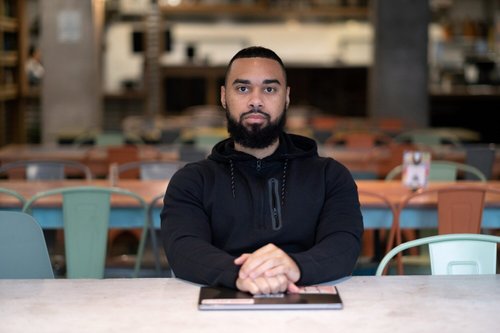
Be real, get ahead: The power of authenticity in your career
Pabel Martinez shares insights on how to allow yourself to be yourself, find your voice, and deconstruct stereotypes at work.
Apr 25, 2024
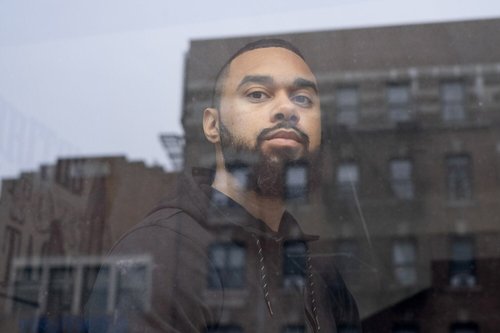
The professionalism paradox: Navigating bias and authenticity with Pabel Martinez
Pabel Martinez challenges the conventional norms of professionalism by unraveling the complexities of workplace discrimination.
Mar 11, 2024
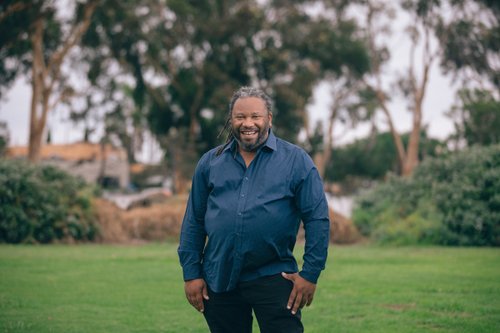
How play can make you happy, creative and productive at work
Work-life balance usually means separating work and play, but it might be a better marriage than you think...
Nov 07, 2023
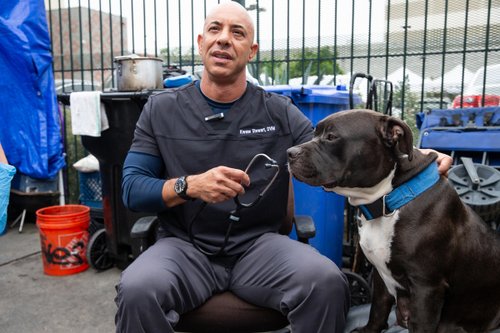
Project Street Vet: Caring for the unseen paws of Skid Row
Providing vet-to-pet care in some of California's largest homeless communities, Dr. Kwane Stewart shares the ups and downs of his remarkable work.
Aug 29, 2023
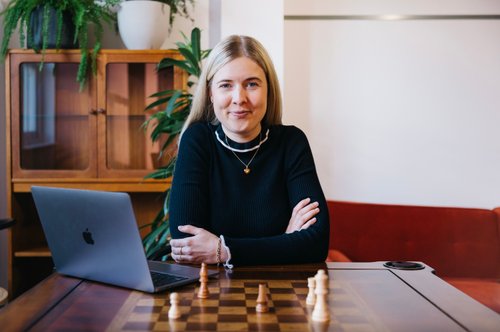
Girls learn how to have fun – and funds – by investing
A Danish trio is fighting gender inequality... on the stock market. We had a chat with one of the co-authors of the book Girls Just wanna Have Funds
Jan 30, 2023
The newsletter that does the job
Want to keep up with the latest articles? Twice a week you can receive stories, jobs, and tips in your inbox.

Looking for your next job?
Over 200,000 people have found a job with Welcome to the Jungle.
Explore jobs